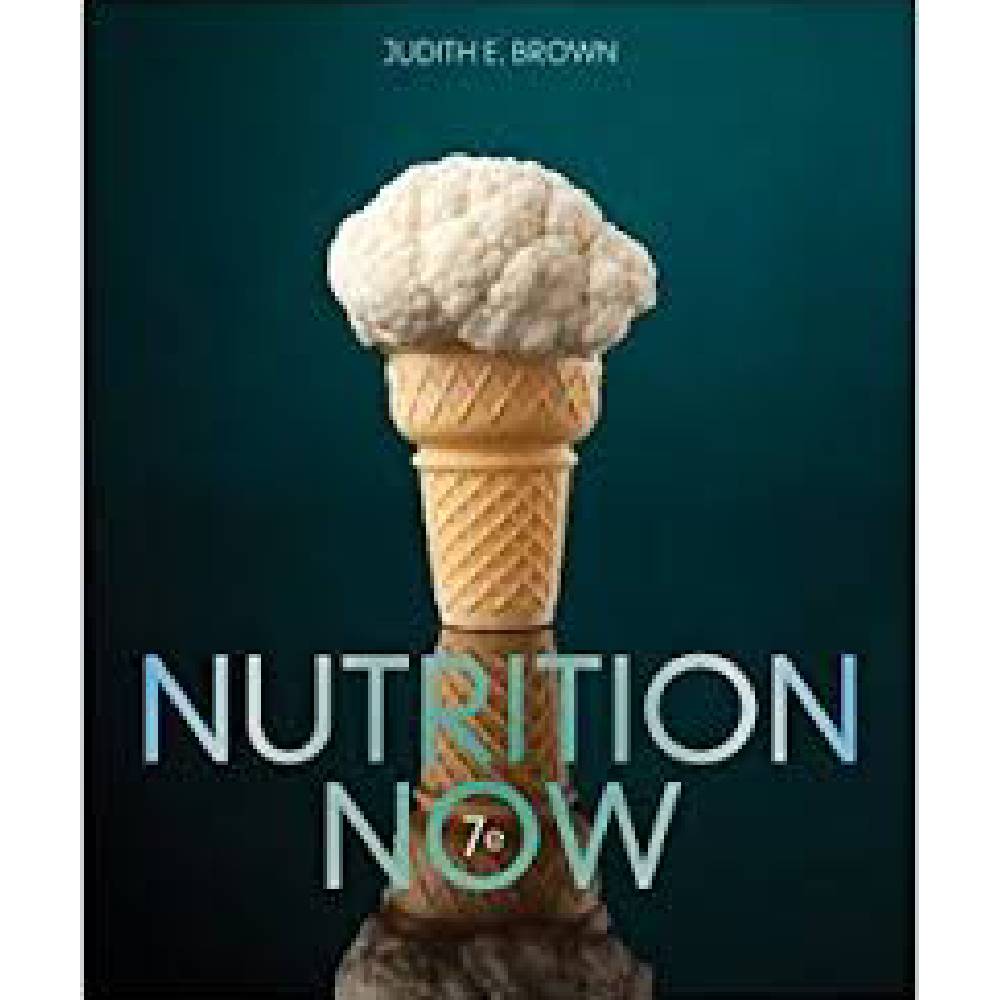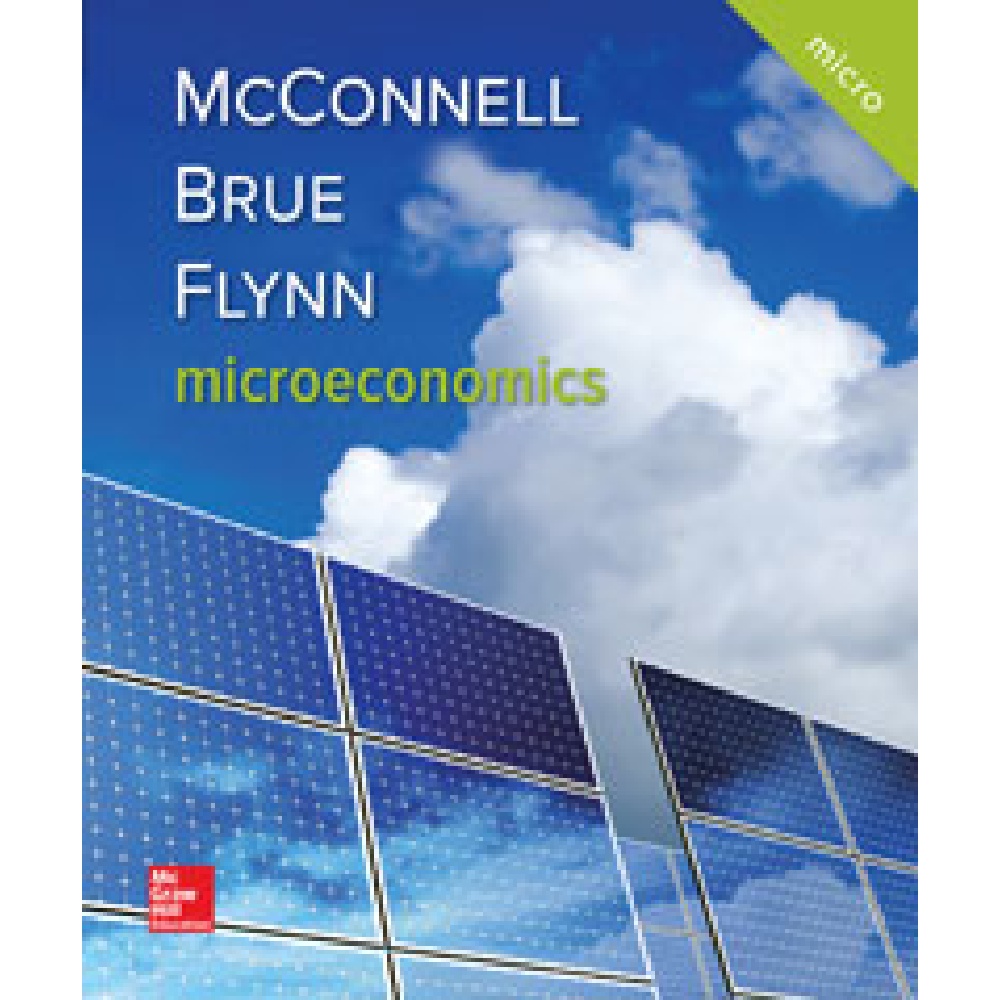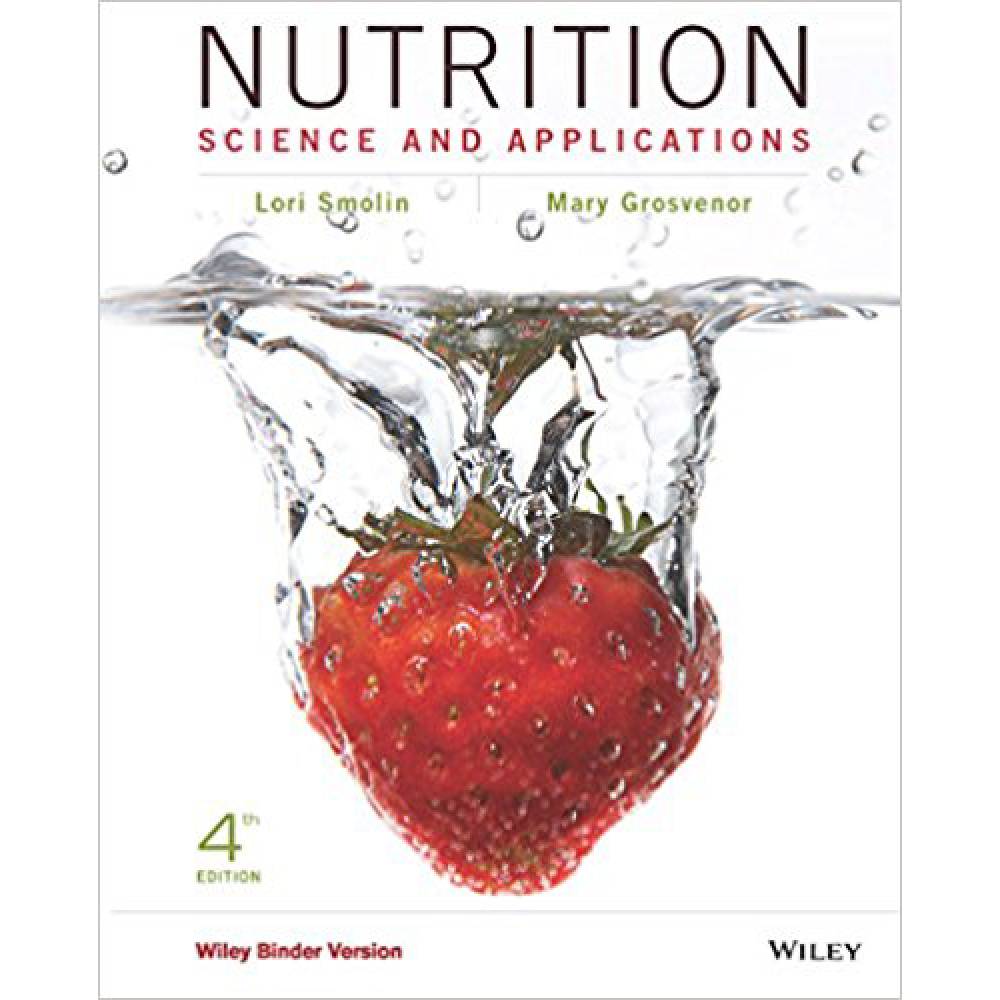Nutrition Science And Application, Binder Ready Version 4th Edition By Smolin – Test Bank
$55.00
Nutrition Science And Application, Binder Ready Version 4th Edition By Smolin – Test Bank
You will receive this product within 24 hours after placing the order
Nutrition Science And Application, Binder Ready Version 4th Edition By Smolin – Test Bank
Chapter Number: 11
Question Type: Multiple Choice
1) Which of the following is true about minerals?
a) Minerals are organic molecules.
b) Minerals can be structural components.
c) Minerals are destroyed by heat.
d) All of these statements are true.
Answer: b
Difficulty: Medium
Learning Objective: LO 11.1 Explain the sources and functions of minerals in the body.
Section Reference: Section 11.1 What are Minerals?
2) Which food group provides the largest variety of minerals?
a) Vegetables
b) Fruits
c) Dairy
d) Meat and beans
Answer: d
Difficulty: Medium
Learning Objective: LO 11.1 Explain the sources and functions of minerals in the body.
Section Reference: Section 11.1 What are Minerals?
3) Which mineral is found in varying amounts in food depending on where it is grown?
a) Calcium
b) Iodine
c) Magnesium
d) Pyridoxine
Answer: b
Difficulty: Medium
Learning Objective: LO 11.1 Explain the sources and functions of minerals in the body.
Section Reference: Section 11.1 What are Minerals?
4) Which statement about the processing of foods is true?
a) Processing destroys minerals.
b) The processing of grains causes the loss of magnesium, selenium and zinc.
c) Sodium is typically absent in processed foods.
d) Potassium is often added during food processing.
Answer: b
Difficulty: Medium
Learning Objective: LO 11.1 Explain the sources and functions of minerals in the body.
Section Reference: Section 11.1 What are Minerals?
5) Which statement about mineral supplements is FALSE?
a) They can be toxic.
b) Supplements of one mineral can decrease the bioavailability of other minerals.
c) Supplements can help individuals meet their dietary needs.
d) They should always be avoided.
Answer: d
Difficulty: Easy
Learning Objective: LO 11.1 Explain the sources and functions of minerals in the body.
Section Reference: Section 11.1 What are Minerals?
6) The following minerals all compete with each other for absorption EXCEPT:
a) calcium.
b) sodium.
c) copper.
d) zinc.
Answer: b
Difficulty: Medium
Learning Objective: LO 11.1 Explain the sources and functions of minerals in the body.
Section Reference: Section 11.1 What are Minerals?
7) The absorption of some minerals is regulated by:
a) interaction with phospholipids.
b) starches.
c) transport proteins.
d) binding to amino acids.
Answer: c
Difficulty: Easy
Learning Objective: LO 11.1 Explain the sources and functions of minerals in the body.
Section Reference: Section 11.1 What are Minerals?
8) The most abundant mineral in the body is:
a) calcium.
b) sodium.
c) potassium.
d) magnesium.
Answer: a
Difficulty: Easy
Learning Objective: LO 11.3 Discuss the sources and functions of calcium in the diet and in the body.
Section Reference: Section 11.3 Calcium
9) Which statement describes the relationship of bone calcium to blood calcium?
a) If dietary calcium is low, both blood and bone levels will decline.
b) If dietary calcium is low, bone calcium is sacrificed to maintain blood calcium.
c) If dietary calcium is low, blood calcium is sacrificed to maintain bone calcium.
d) Blood levels of calcium are a good indicator of the calcium status of bone.
Answer: b
Difficulty: Medium
Learning Objective: LO 11.3 Discuss the sources and functions of calcium in the diet and in the body.
Section Reference: Section 11.3 Calcium
10) The consumption of soda:
a) provides necessary nutrients.
b) has led to a decrease in the consumption of milk.
c) has remained constant for the last 20 years.
d) is not of nutritional concern.
Answer: b
Difficulty: Easy
Learning Objective: LO 11.3 Discuss the sources and functions of calcium in the diet and in the body.
Section Reference: Section 11.3 Calcium












Reviews
There are no reviews yet.